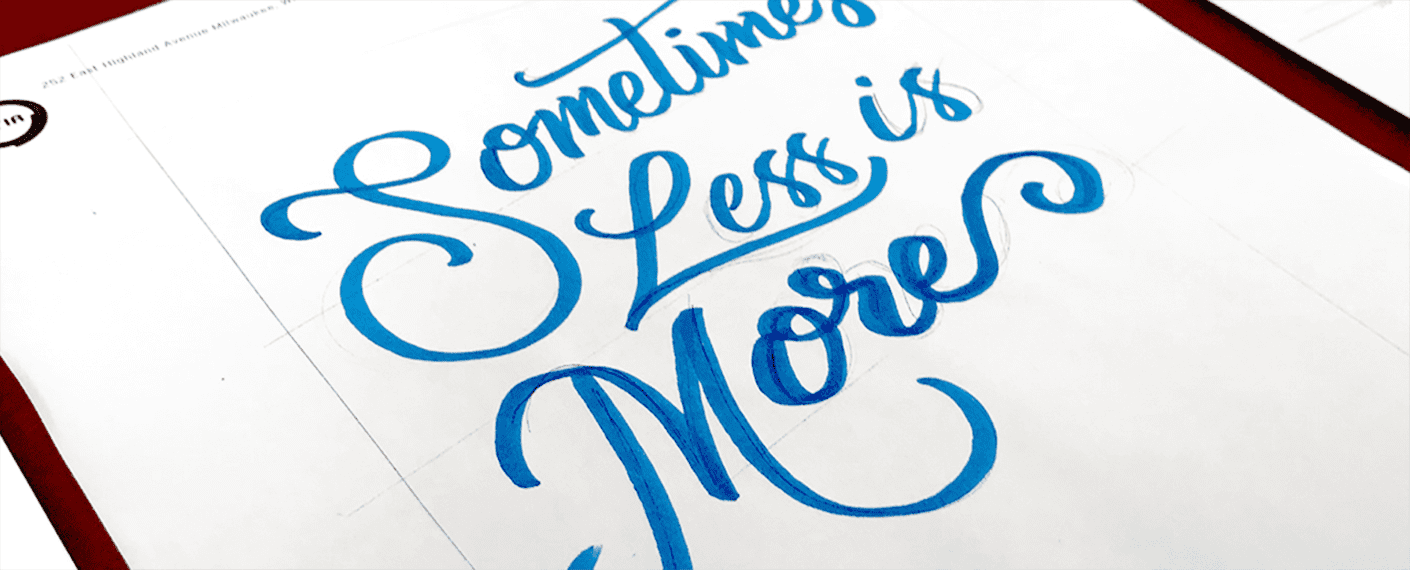Once upon a time, all you had to do to have a great brand was have a great product. If you made the product well, then you were all set.
Competition was potentially less fierce in those days, but still, quality was king. Needless to say, the times have changed. In order to have a great brand today, you need to put as much effort (if not more) into the brand as you do into your product. In fact, these days sometimes you can move product JUST by putting effort into your brand.
Some brands have the resources to make themselves something bigger than their product. They not only find their voice, but they also project it. However, not everyone is lucky enough to have those resources. That doesn’t mean you’re out of luck, though. There are simple ways to give your brand the voice you know it has. Which brings me to my point: Typography is the king of branding.
Typography is how people read your brand. It’s the bridge from your brain to the people. Putting some love and attention into type is probably the biggest little thing you can do for your brand. You can use type in a handful of different ways to hone your voice. From a fully custom logotype to hand rendered social media posts, well-designed and tasteful typography is a great way to turn something your brand is saying into something only your brand can say.
You don’t need to go crazy with it. Standing out doesn’t have to entail super wild custom type. In fact, one of the most effective custom types can be very clean and defining. Think of the hand painted signs and windows that lived in the “quality is king” era. However you read it, there is character.
Simply put, good typography is an easy way to help you craft your voice as a brand. Typography is a necessary element in what you do, so why not take the time and effort to transform it into the strength of your brand? If you don’t know where to start, that’s fine. STIR would love to help you leverage typography and turn your brand into your brand.

